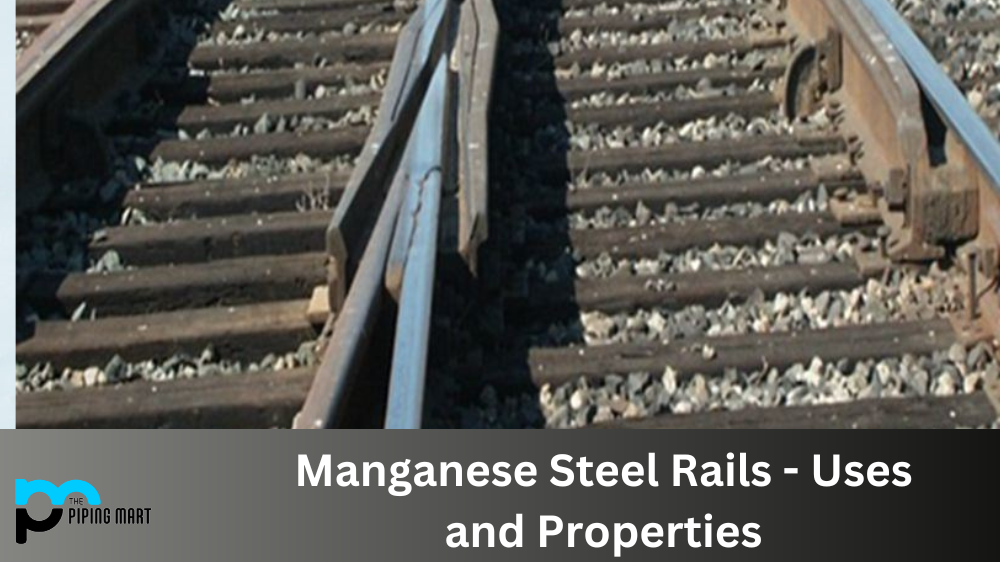The debate rages on between 52100 steel and 1095. Which one is better for knives? The answer isn’t as straightforward as you might think. Both have their benefits and drawbacks. In this blog post, we will look at both steels in terms of their composition, properties, and suitability for knives. So, if you’re a knife enthusiast looking to purchase, read on to find out which would be better suited for your needs.
What is 52100 Steel?
52100 steel, also known as high-carbon chromium alloy, is a popular steel used for knives due to its hardness and wear resistance. It contains 1.00% carbon, 1.50% chromium, and small amounts of vanadium and molybdenum. Adding chromium improves the steel’s corrosion resistance, while vanadium and molybdenum improve its toughness. Knives of this steel retain their sharpness for a long time and perform well even under heavy use. However, it requires proper care to maintain its performance as high-alloy steel.
What is 1095?
1095 is a high-carbon steel with a carbon content of 0.95%. It’s popular among knife makers due to its ease of forging, excellent edge retention, and toughness. 1095 has been used for centuries in making swords and knives and has proved to be durable steel. However, its high carbon content also makes it prone to rust and corrosion, which can concern owners who need to clean and dry their knives properly after use.
Difference Between 52100 Steel and 1095
52100 and 1095 are excellent choices for knife making, each with its own advantages and disadvantages. 52100 is a high-alloy steel that can withstand heavy use and maintain its sharpness for a long time. It’s also more resistant to corrosion than 1095. However, it’s more expensive than 1095 and requires proper care to avoid rust and corrosion. On the other hand, 1095 is more affordable and easier to forge into a knife than 52100. It’s also excellent steel for edge retention and toughness. However, it’s prone to rust and requires frequent cleaning and maintenance to avoid corrosion.
Composition
52100 steel is an alloy of carbon, chromium, and manganese, while 1095 steel is an alloy of carbon and manganese. 52100 steel contains 1% chromium, while 1095 steel does not.
Hardness
52100 steel is harder than 1095 steel. This is due to the higher carbon content of 52100 steel, which allows it to be hardened more than 1095 steel.
Edge Retention
52100 steel has better edge retention than 1095 steel. This is due to the higher hardness of 52100 steel, which allows it to retain its edge better than 1095 steel.
Corrosion Resistance
52100 steel is more corrosion resistant than 1095 steel. This is due to the presence of chromium in 52100 steel, which helps to protect the metal from corrosion.
Choosing the right steel for your knife
The choice between 52100 and 1095 ultimately depends on your preference and needs. If you want a knife that can withstand heavy use and retain its sharpness for a long time, 52100 is a better choice. If you’re on a budget and prefer a steel that’s easy to forge and offers excellent edge retention, then 1095 might be a better option. Ultimately, it’s up to you to decide which steel is best suited for your needs.
Conclusion
In conclusion, 52100 and 1095 are both popular choices for knife-making. They have their own set of advantages and disadvantages. While 52100 is high-alloy steel with better corrosion and wear resistance, 1095 is more affordable and easier to forge into a knife. Ultimately, the choice between the two depends on your preference and needs. So, choose the steel best suited for your needs and enjoy a well-crafted knife that will serve you for years!

A passionate metal industry expert and blogger. With over 5 years of experience in the field, Palak brings a wealth of knowledge and insight to her writing. Whether discussing the latest trends in the metal industry or sharing tips, she is dedicated to helping others succeed in the metal industry.




